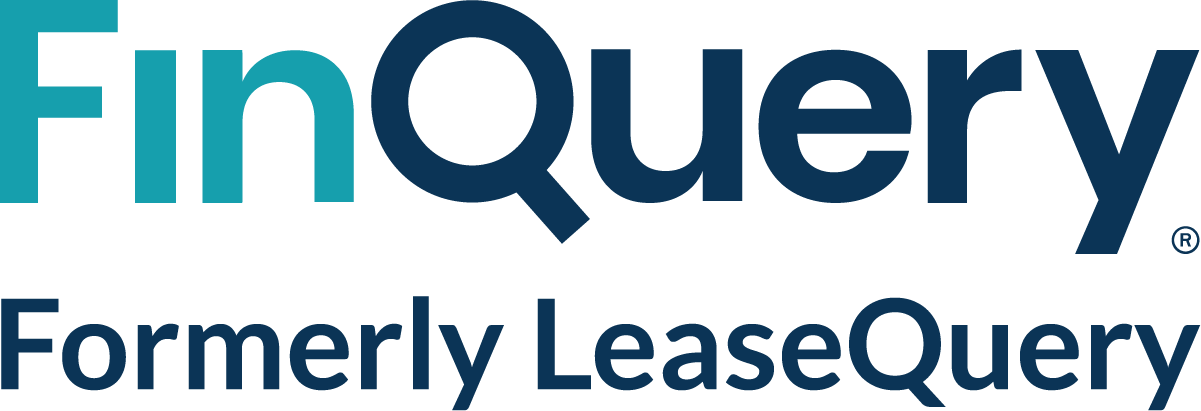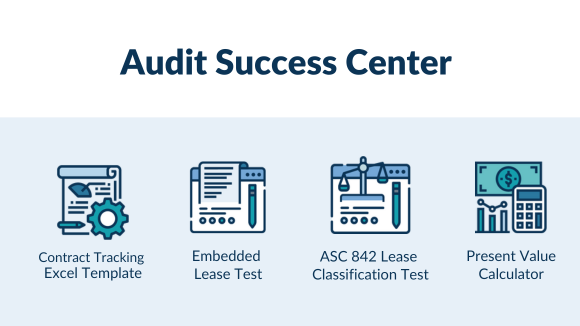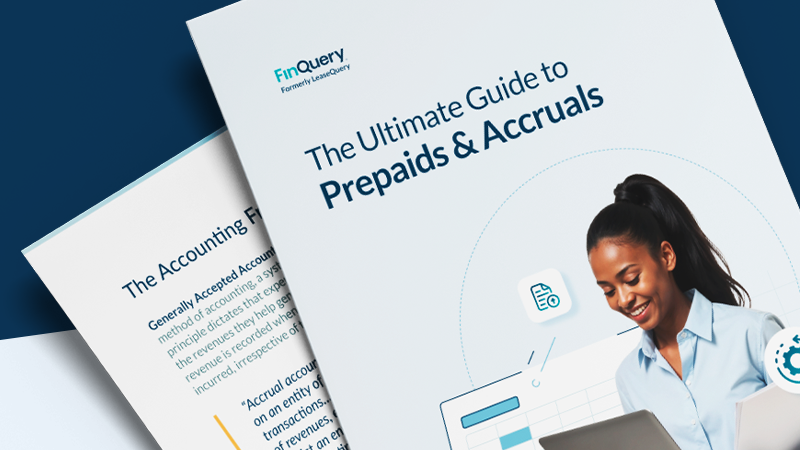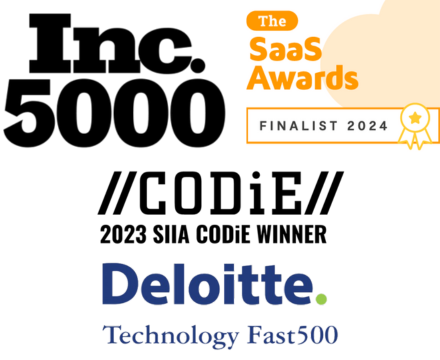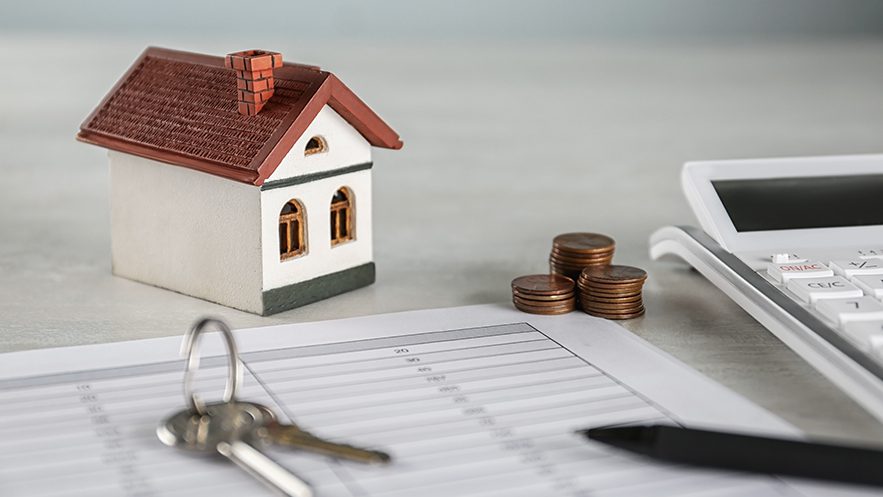Accurate and complete lease data is essential for several reasons. Firstly, it ensures compliance with lease accounting standards such as ASC 842, IFRS 16, and GASB 87. Secondly, lease data significantly impacts financial statements and key metrics, influencing a company’s financial position and performance. Finally, comprehensive lease data enables informed decision-making regarding lease vs. buy options, lease portfolio management, and overall financial planning, leading to better resource allocation and cost optimization.
How to collect lease data
Efficiently collecting lease data requires a systematic approach. A centralized repository, like a dedicated lease management and accounting solution, is crucial for storing and managing all lease information in one accessible location. A solution like LeaseQuery, provides a way to easily search for lease agreements by lease name/title, asset type, or expiry date, instead of sifting through countless file folders or spreadsheets. This not only saves time but also ensures that everyone involved in lease management and lease accounting has access to the same up-to-date information.
Leveraging technology to automate data extraction from lease agreements significantly reduces manual effort and improves accuracy. Instead of manually entering key dates, payment terms, and other critical details, AI-powered tools, like LeaseQuery, can extract this information automatically, minimizing the risk of human error. Standardized templates further enhance accuracy and consistency. For example, a template standardizes which data points users input ensuring that no crucial information is overlooked.
What lease data to collect
When collecting lease data, you need to capture a wide range of information. This includes key dates such as lease start date (possession date) and end dates, the frequency and amounts of payments, and finally your borrowing rate as of the lease start date.
Additionally, you need to gather asset information, including a description of the leased asset, its location and estimated useful life. Determining the lease type – whether it’s an operating lease or a capital lease – is crucial for proper accounting treatment. It’s also important to identify and account for any embedded leases within service agreements. Finally, capturing other relevant clauses like termination options, purchase options, and restrictions on use can help you fully understand the lease agreement and its implications.
Look beyond the obvious
For your accounting to be complete, you will have to look beyond the usual suspects, like real estate and vehicle leases. Service contracts often contain embedded leases that can go unnoticed. Because you’re contracting a vendor for a service – say transportation or data center operation – you may not realize that you’re leasing equipment or space in the process.
Here’s one example that can easily fly under the radar: ABC Co. operates a remote manufacturing plant. To meet its electricity demand, ABC Co. may enter into an agreement with the local power company to supply its power from a particular plant.
In this case, the power company is allocating specific assets to be used exclusively for ABC Co.’s plant. That’s a potential embedded lease.
Missing embedded leases could lead to material misstatements, yet many organizations aren’t being diligent enough about evaluating them.
Effectively capturing embedded leases
Every service agreement should be reviewed to find any embedded leases. A good place to start is by talking to accounts payable and looking at recurring payments. From there, you can look at the service contracts tied to those payments and drill down to see if they contain leases. The legal or procurement teams may have copies of your service contracts to review. If there is no central repository of contracts consider a contract management solution like FinQuery Contract management to make this process, as well as the related prepaid and accrual accounting, easier in the future.
If all else fails, you can also reach out to your vendors for this information. The initial review will be time-consuming, but it’s worth it to set yourself up for compliance.
A checklist of what to collect on each lease:
Timeframe
This is self-explanatory. You need to have start and end dates for each lease.
Use of an asset
To determine if you have an embedded lease, you must first identify the asset that you may have exclusive control over, keeping in mind that the identification may be explicit or implicit.
Documentation of allocation methods
For embedded leases, you need to use systemic, rational methods to allocate the “consideration” (or fixed payments) by determining the fair value of the lease and non-lease components to which you have exclusive rights. The new standards require that you document how you determine that value.
Historical currency rates
You may have contracts that are denominated in a currency that is different from your functional currency. In this scenario, you need to capture the historical conversion rate, which is the rate that was in place as of the start of the contract. This is important because the ROU asset, or right-of-use asset, for leases under Topic 842 and IFRS 16 is a non-monetary asset, which requires “remeasurement” as opposed to “translation” from transactional currency to local currency.
Download one of our free lease tracking templates
For entities reporting under ASC 842 or IFRS 16 use our Lease Asset Tracker to compile and track your lease inventory. If you report under GASB 87, we’ve created a GASB-specific Lease Asset Tracker that includes tabs for both lessee and lessor.
How to achieve ongoing compliance
Maintaining compliance with lease accounting standards demands a proactive approach to lease data management. This includes establishing a centralized repository for lease information, utilizing technology for automated data extraction, and implementing standardized templates for consistent data collection. However, ongoing compliance involves more than just gathering the right data.
It’s also crucial to have the ability to make adjustments and corrections as needed, such as for lease modifications or amendments. This requires a clear audit trail to ensure compliance and facilitate smooth audits. Additionally, accurate calculation of the present value of lease liabilities and right-of-use (ROU) assets at specific points in time is essential for ongoing compliance.
Lease accounting software like LeaseQuery simplifies these processes. By automating data extraction, centralizing lease information, performing complex calculations, and providing real-time updates and alerts, it streamlines lease accounting and ensures compliance with accounting standards.
